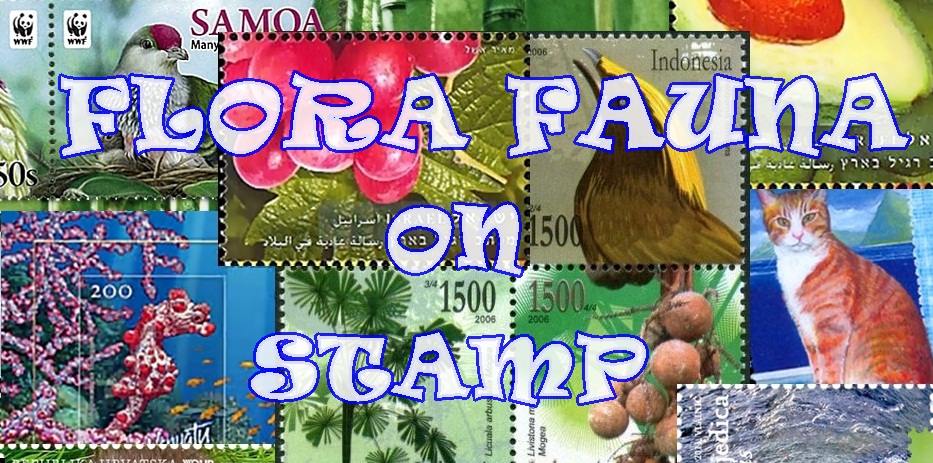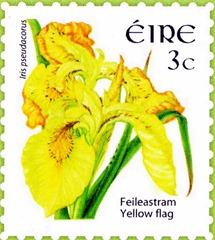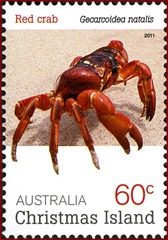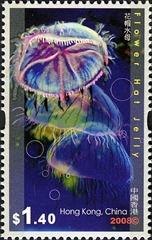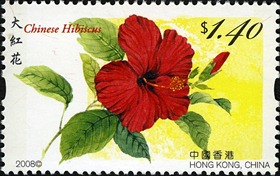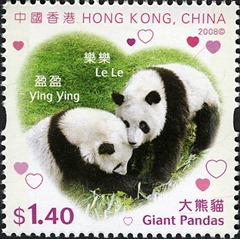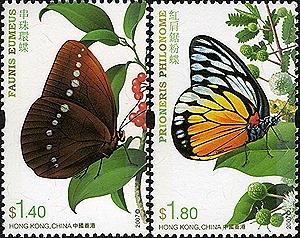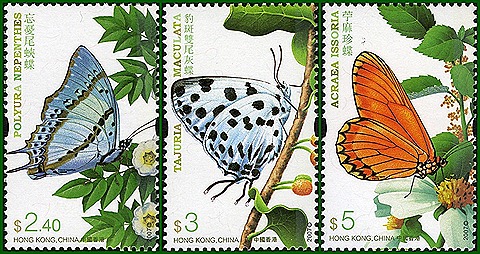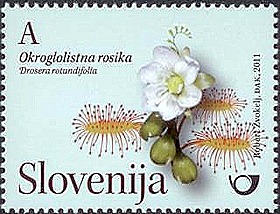On September 13, 2012, Iceland Post issued the third stamp series of Seal. The issue comprises of two postage stamps features the Walrus (Odobenus rosmarus) and the Hooded seal (Cystophora cristata).
Seals are an aquatic carnivorous mammal of the families Otariidae and Phocidae (sometimes placed in a separate order, the Pinnipedia). The eared seals or sea lions (Otariidae) have small external ears, unlike the true seals (Phocidae). Seals have a streamlined body with thick blubber for insulation, and front and hind flippers.
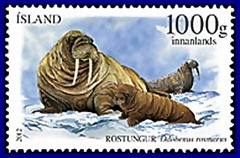
The walrus (Odobenus rosmarus) is a large pinniped with distribution in the Arctic and sub-Arctic seas. Adult males reach a length of approx. 3 meters and weigh 800-1000 kg. The females are smaller than the males.
The most prominent feature of the walrus is its long tusks which can reach a length of 100 cm. The walrus occasionally catches fish but it grazes mainly along the sea bottom. Its only natural enemies are humans, killer whales and polar bears.
Walrus can reach an age of around 50 years. In current times they are rare around Icelandic coasts but were much more frequent up until the 19th century.
